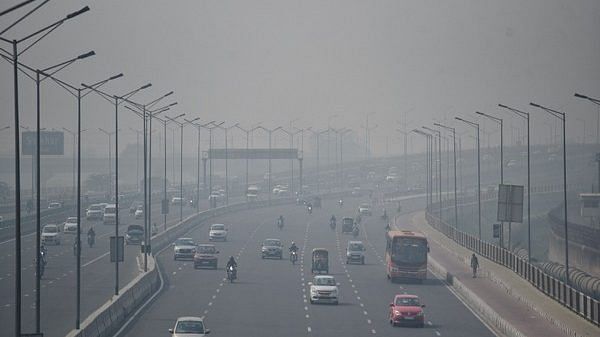The Energy Transition Advisory Committee of the Ministry of Petroleum and Natural Gas and headed by the former secretary Tarun Kapoor has suggested that sales of all diesel vehicles be banned in cities with a population of one million or more by 2027. The Committee also suggested phasing out all internal combustion engine vehicles other than those that run on Compressed Natural Gas by 2035 and increasing the blend of ethanol petrol available at the pump be given priority. It currently stands at 10 per cent for normal petrol and is moving to 20 per cent for E20 petrol.
Whenever I am asked about my views on this approach of moving completely away from diesels and IC engines, I say that I find it utopian. (I will not call it crazy) but the proposed phase out does not take into account several geopolitical and geoeconomic trends and is coupled with the plans to gradually phase out the building of new thermal power plants that operate on coal.
Small electric cars are the future of sustainable personal mobility and electric two-wheelers are already making a dent on the market. Yes, questions have been asked time and again about how sustainable EVs actually are, given that coal generates a majority of India’s electricity and that mining and refining some of the metals and minerals required for manufacturing lithium-cells is not what one would call environmentally friendly. Mining of some metals such as Cobalt, a key component in some types of Lithium cells, have even involved human rights violations.
Also read: Why small turbocharged engines are gaining popularity in India—Fronx to Citroen C3 to i20
EVs are not as clean as they seem and remove the problem of pollution away from the city centre to somewhere far away. As the adage goes, out of sight, out of mind. Yet, the power of humanity to figure out a better solution always exists. After all, the streets of cities at the turn of the 20th century were full of horse poo. The petrol internal combustion engine was, 120 years ago, a cleaner and better solution, and it also allowed us to take to the skies for the first time.
Better battery chemistries will emerge, which are cleaner and less resource hungry. These could be Sodium-Ion technologies or even new Lithium technologies such as Lithium-Titanate (LTO) cells that allow for rapid charging of vehicles. Also, better vehicle management software will be developed indigenously, hopefully in Bengaluru and Hyderabad. And the energy consumed by these electric vehicles will change, as more and more renewable energy comes onstream from solar and wind power. Renewable energy coupled with efficient energy storage solutions will provide answers to the questions being asked.
But despite these improvements, putting strict timelines can lead to pitfalls. What if battery development stalls? What if there is a war between the US and China and what if India gets dragged into that conflict? These questions might have seemed ridiculous before February 2022. But Russia’s invasion of Ukraine changed everything. Now, Germany, which depended on cheap Russian gas to power its economy for so long, has shut down all nuclear power plants as per a schedule decided before Putin went to war and is now, ironically, burning tons more coal.
Also read: FAME-II controversy can scare off investors. India’s EV sector had just started to grow
Sure, set hard timelines for lower emissions. The move from Bharat Stage 4 (BS4) emission norms to Bharat Stage 6 (BS6) norms, skipping the intermediate step, was an expensive but necessary one and carmakers have made their vehicles less polluting and more efficient as a result. The move has also led to the gradual withdrawal of diesel cars from the market, because as we now know, ‘clean diesel’ was a myth. And that example should also be kept in mind that ‘clean energy’ of anything is a myth, free energy does not exist just like incredible returns do not exist like on those messages you get on WhatsApp.
What I am arguing for is that new emission norms have to be set, with reasonable timelines. And the industry can move on those timelines. Electric vehicles with their incredible costs will sell themselves, but you will need diesel on construction vehicles, on emergency vehicles and others. But we should not get ahead of ourselves.
@kushanmitra is an automotive journalist based in New Delhi. Views are personal.
(Edited by Anurag Chaubey)



